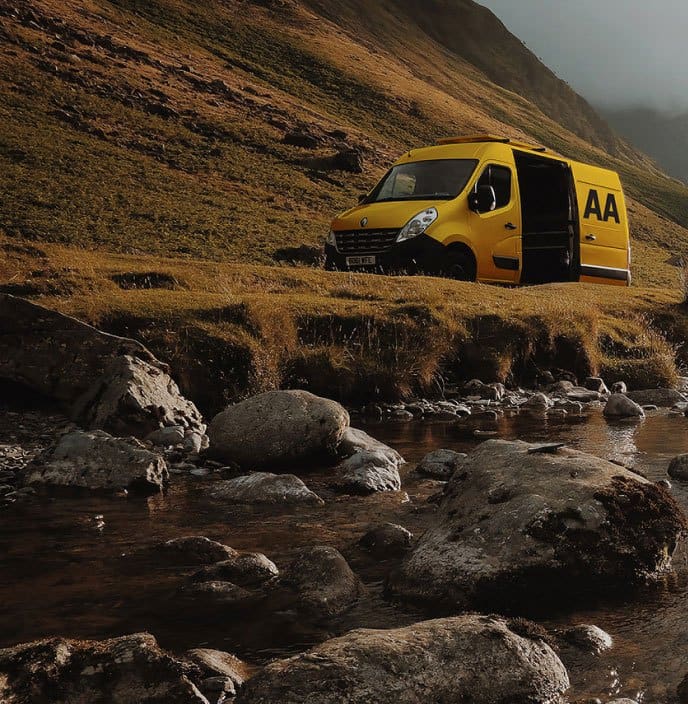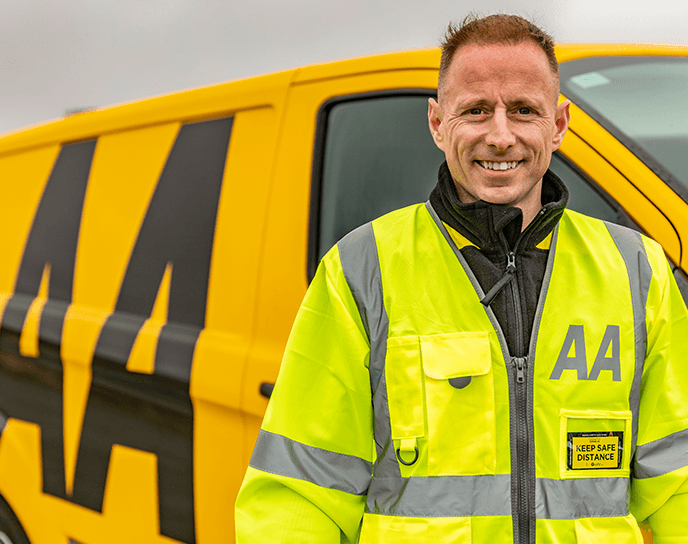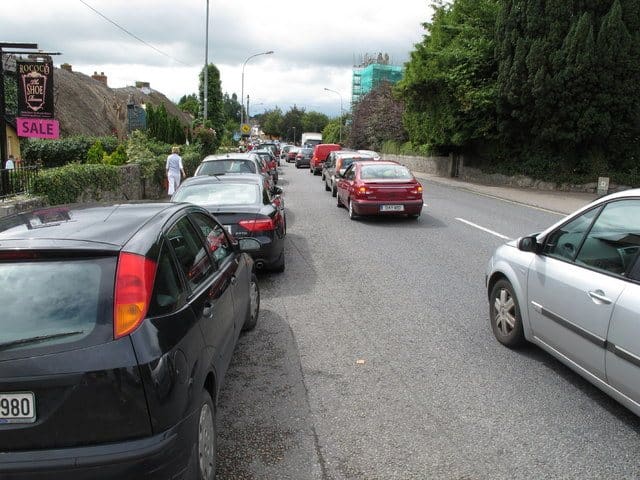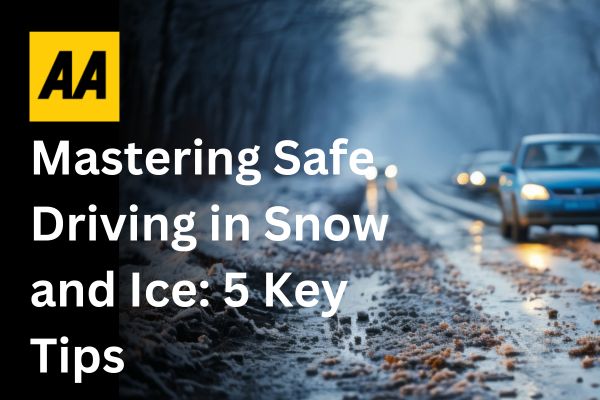By Fiona Frawley
When you live in Ireland, “mind the road” isn’t just something you say when people leave the house, it’s a way of life. You never know what kind of road conditions might be thrown at you, but you can pretty much guarantee an aul rain shower no matter what time of year it is. Your control of your vehicle can be compromised on wet surfaces, and it’s important to know why that is and how to adjust your driving in these conditions. This handy blog will tell you all you need to know.
Reduced grip
When driving on a wet road surface, the grip of your tyres is reduced, which means it can take you longer to stop. This is why you’ll hear us advising you to leave extra space between your vehicle and the one in front on wet days, as stopping quickly can result in skidding. Tyres with a low tread depth (of less than 3mm) are less likely to clear water from the road quick enough and can increase your chance of aquaplaning. Regularly check your tyres, and get ready to replace them if the tread depth is below 3mm. The legal minimum tread depth in Ireland is 1.6mm, so make sure your tyres never get worn beyond that point.
Aquaplaning
A wet road surface can also cause your car to aquaplane. If you don’t know what aquaplaning is, but think it could be a good innocuous topic to discuss with your father-in-law, then you’re in luck. We’re going to tell you all you need to know about it!
Aquaplaning occurs when water builds up in front of your tyres faster than your car’s ability to push it away. When water is forced underneath your tyres, it creates a layer of water between your tyres and the road. This can cause your tyres to lose their grip on the road, and your steering may be compromised. If your steering wheel feels ‘light’, you could be aquaplaning. Take care not to brake suddenly if this happens, avoid harsh steering and allow the car to slow down naturally by taking your foot off the accelerator.
There’s a risk of aquaplaning whenever there is standing water on the road. Naturally, the deeper the water, the higher the risk. It’s also worth remembering that surface water is often deeper than it might look, so only drive through if you know it’s not too deep for your vehicle.
Sudden accelerations and higher speeds also increase your risk of aquaplaning, especially when driving through puddles or excess surface water. That’s why it’s important to slow down on a wet surface.
Driving on a wet road? Here’s some advice…
Slow your speed and leave extra space between your vehicle and the one in front. On dry roads, the standard advice is to allow two seconds to elapse between the vehicle ahead of you passing a certain point and your vehicle passing that same point. Double this in wet conditions. Only drive through standing water if you know it’s not too deep for your vehicle.
Our complete guide to driving in wet conditions can be found here, with more detailed advice on driving through flood water here.
By Fiona Frawley










